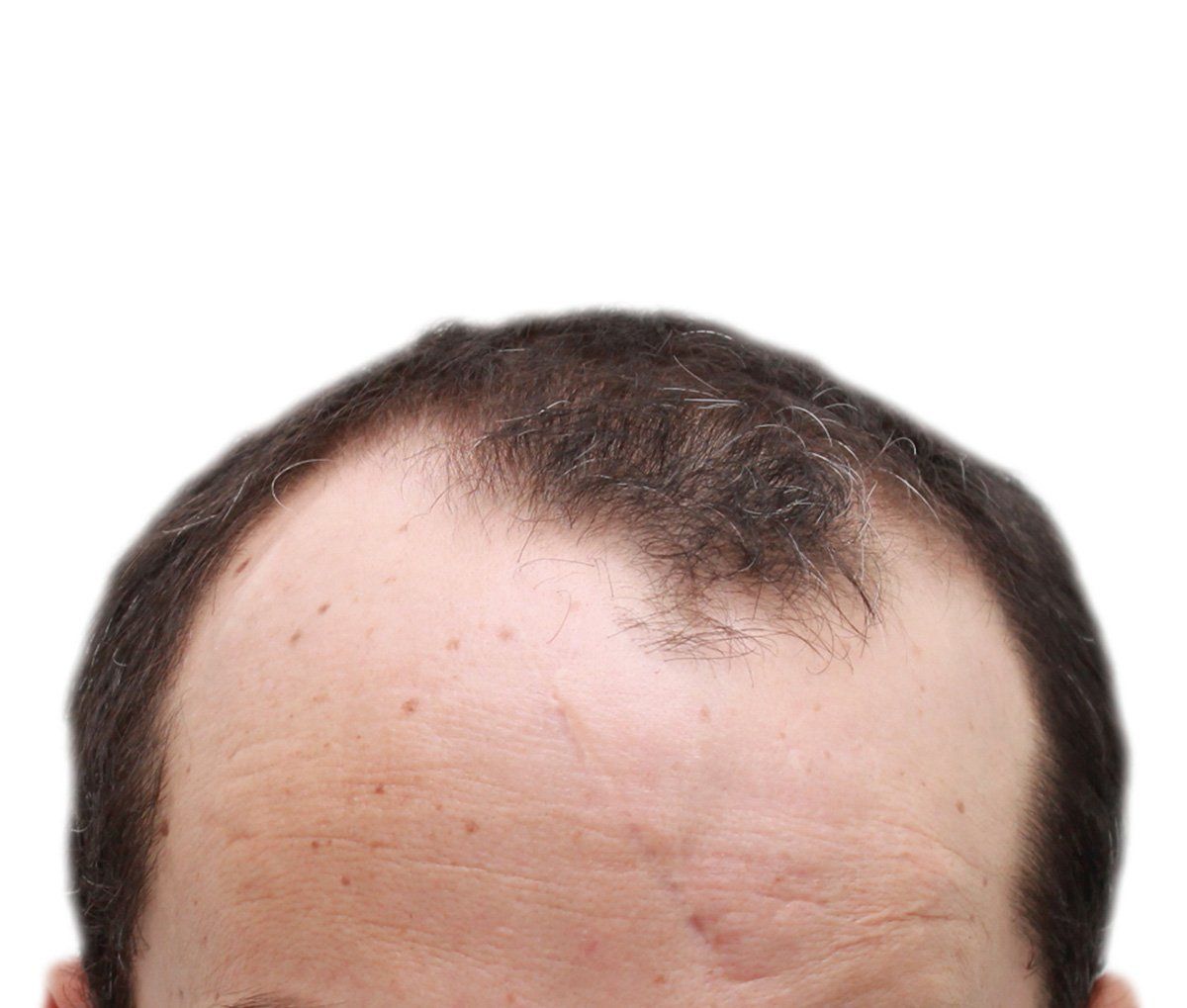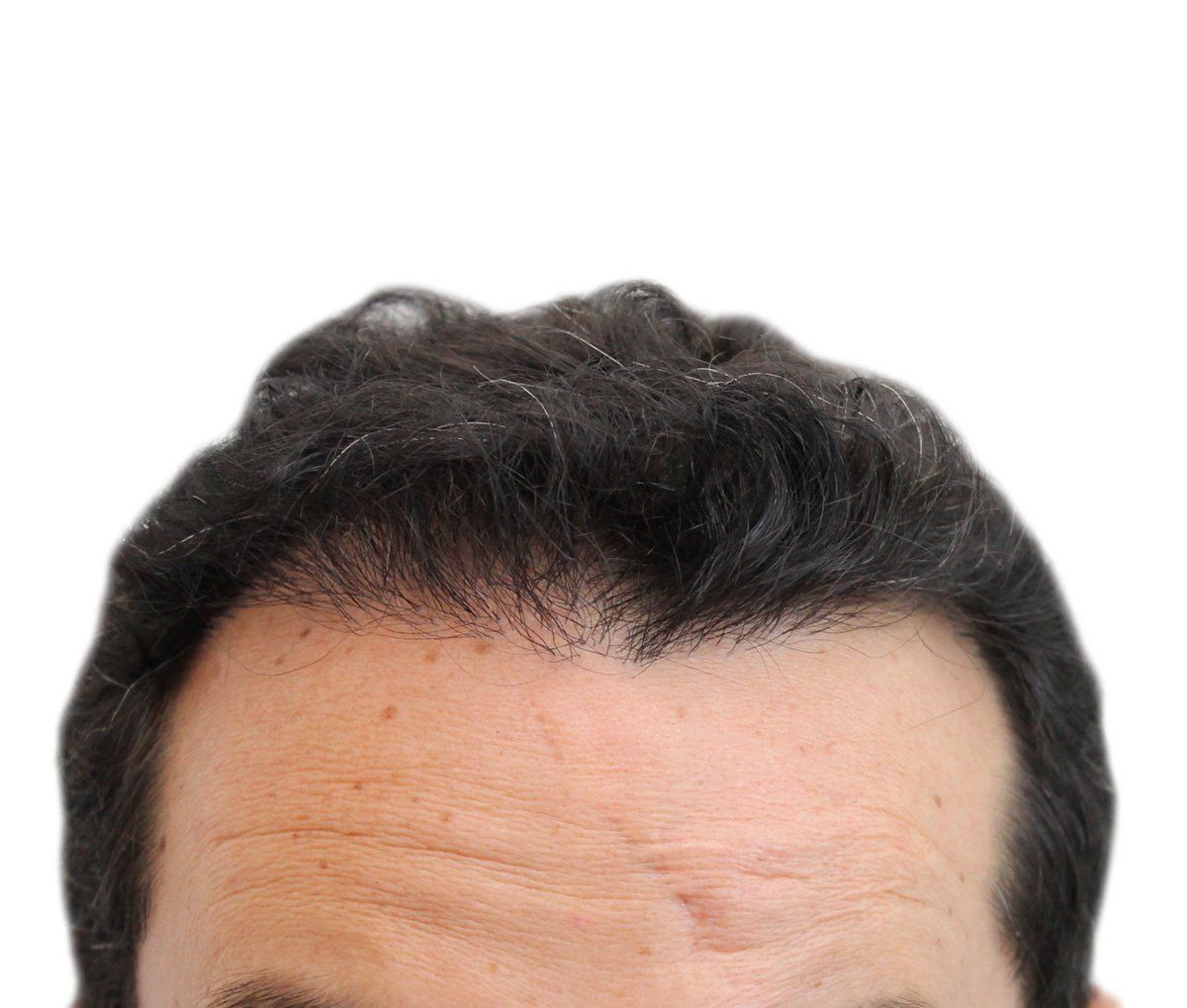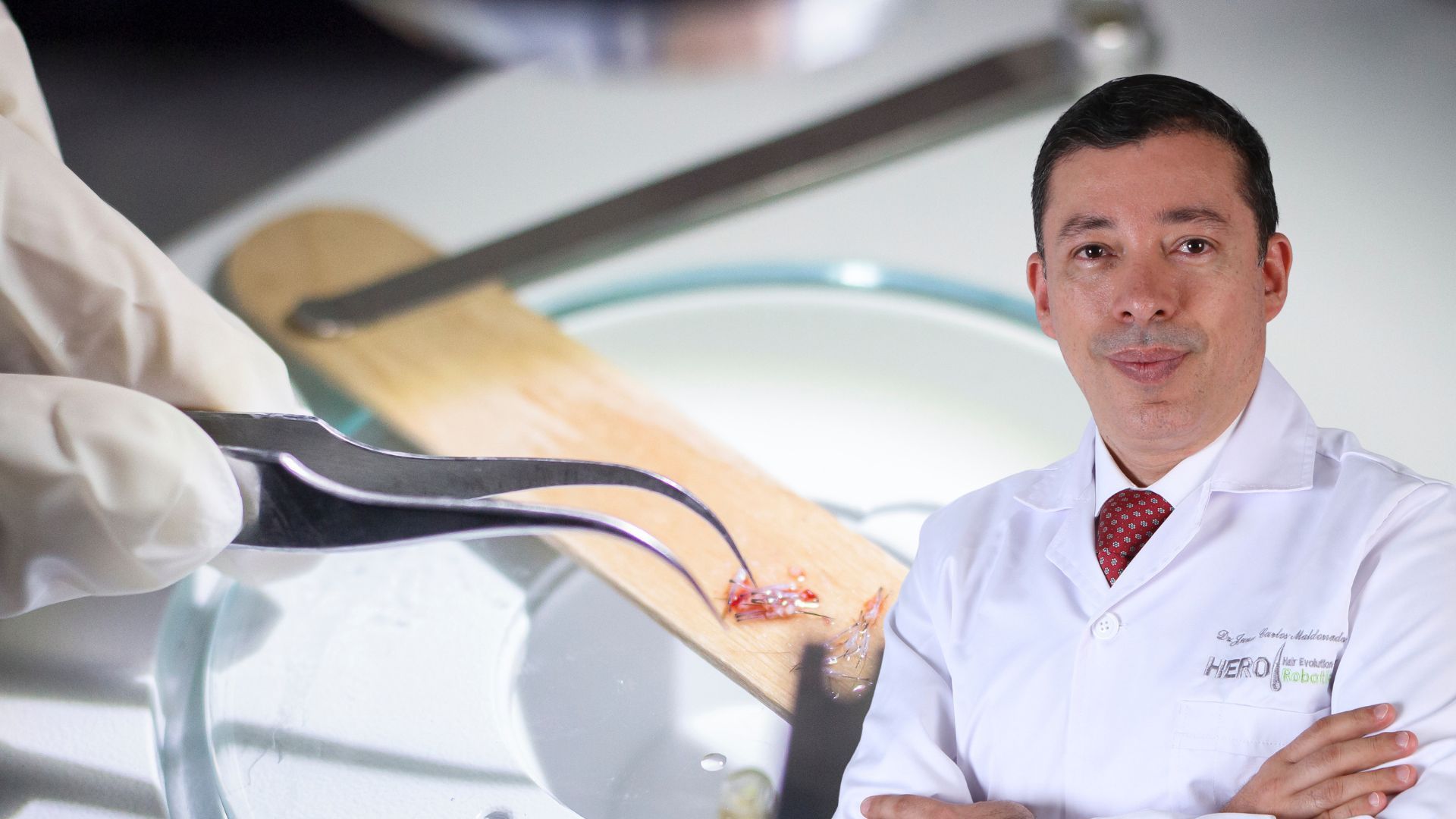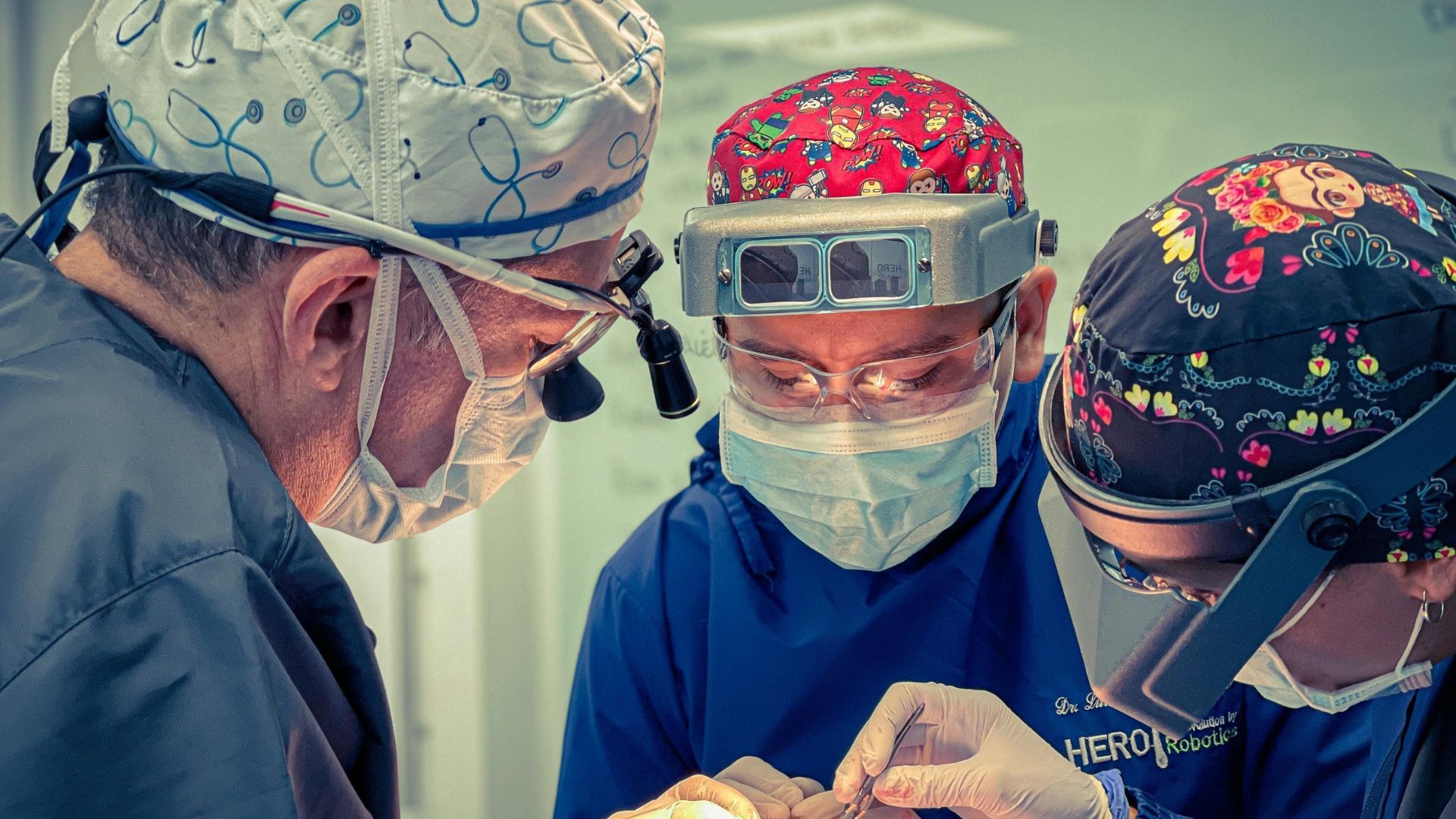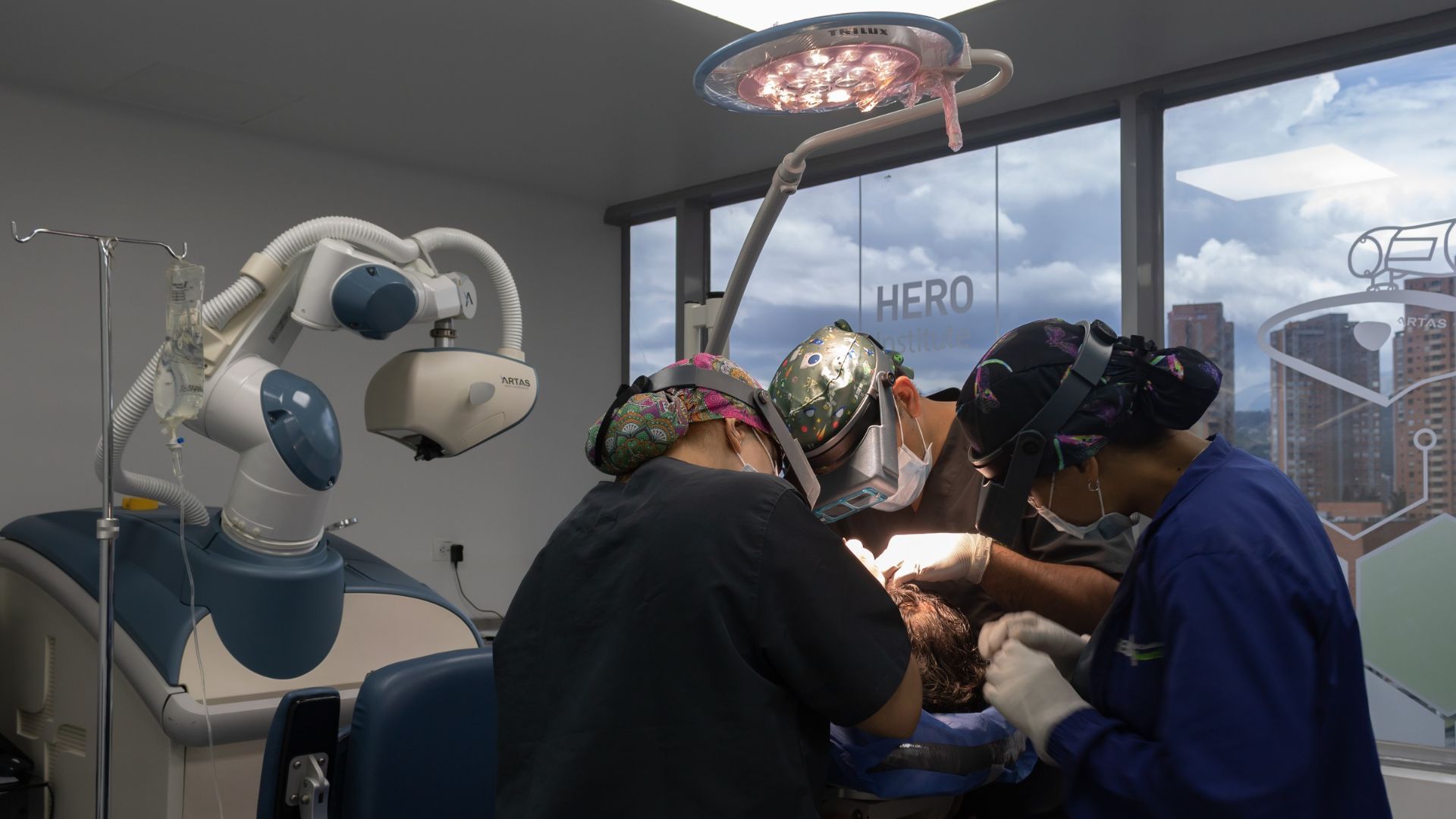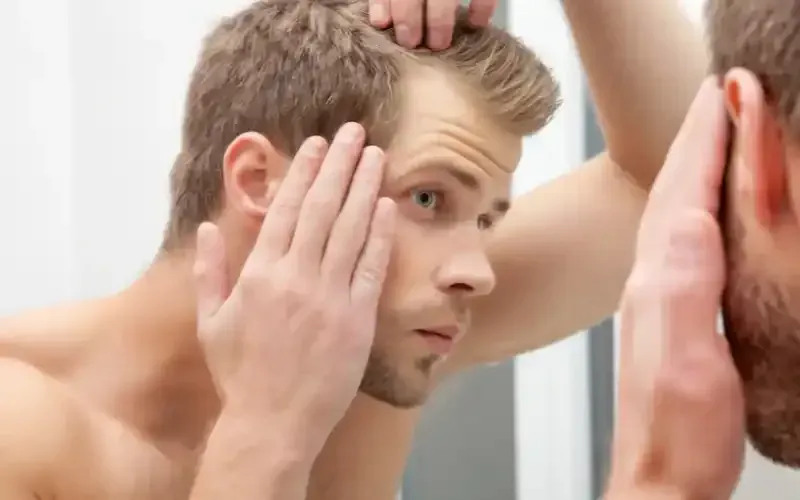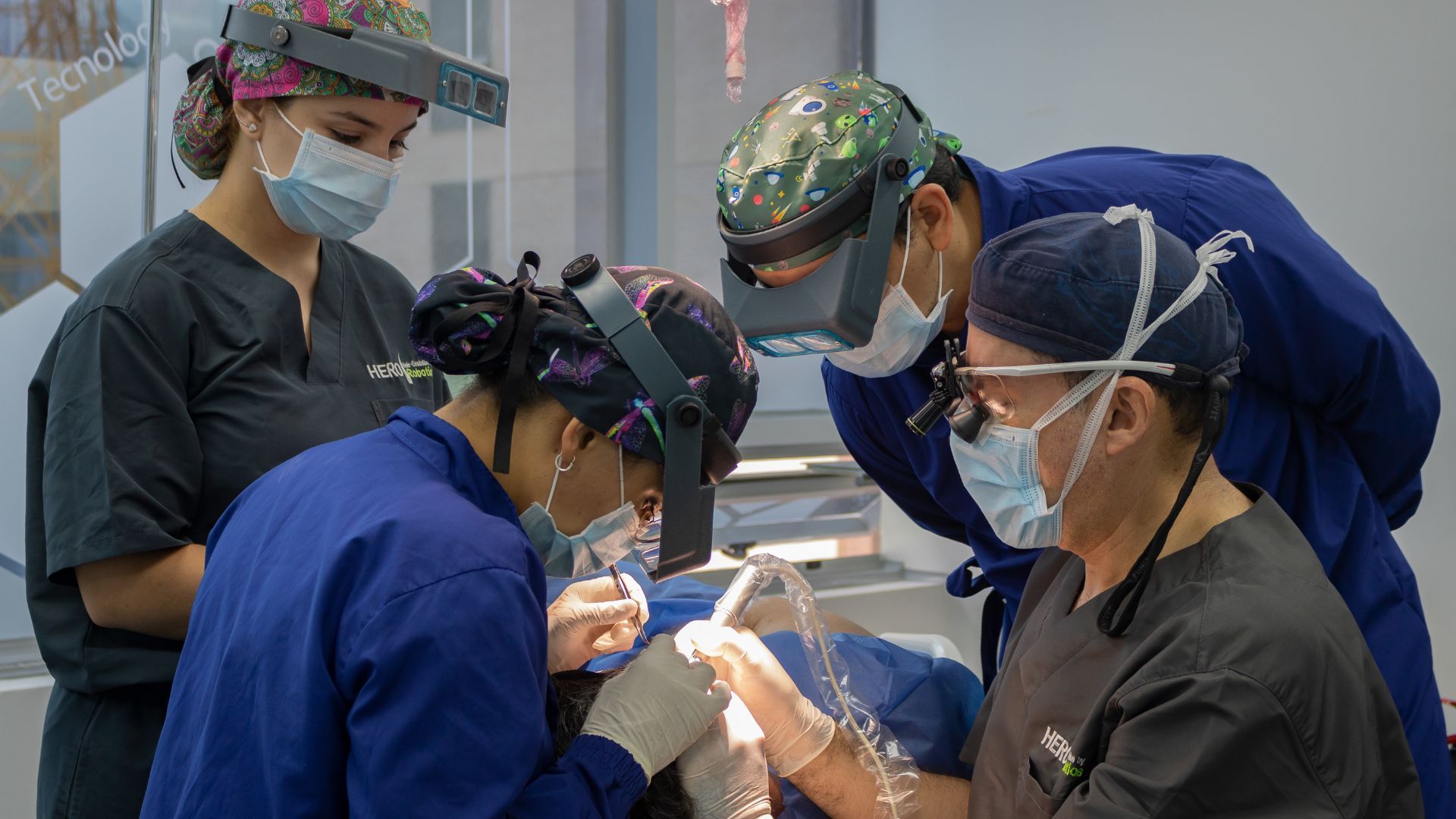What should I do to prevent and treat my baldness? Part III
We continue talking about the most frequently used treatments in the prevention and management of baldness. In the first and second part of this blog we talk about cosmeceutical and nutraceutical treatments, photobiostimulation and cellular biostimulation.
In this third installment we will continue with two other very useful treatments for the management of alopecia:
- Medication
- hair transplant
1) MEDICATIONS
Although several medications to treat pattern hair loss have been developed, only a few of them have enough scientific studies to back up their benefits when treating this medical condition.
- Minoxidil: The topical solution of minoxidil is used to promote hair growth, which is diminished by the effect of DehydroTestosterone (DHT). This medicine works because it produces a vasodilation in the skin, which provides the hair follicles with higher amounts of oxygen and causes a longer lasting stage of active growth (Anagen Phase). Topical minoxidil is indicated for people between 18 years and 65 years of age; using it outside this age range will likely have side effects, mainly at the cardiovascular level. It is very important to apply the proper dose directly onto the scalp, not the hair itself. Its effects will be noticed after three or four months of continuous use. Initially, some patients may notice an increase in hair loss, but this is just temporary and it is not a side effect. Used with a medical treatment, minoxidil will keep preventing hair loss throughout lifetime. It should never be used during pregnancy because it can cause fetal malformations.
- Finasteride: The FDA approves consuming daily finasteride to treat pattern hair loss. Although it effectively stops hair loss throughout the head, numerous studies show that it is much more effective stopping hair loss at the crown. The positive effects of the treatment are seen after 3 to 4 months. After one year of continuous use, the treatment will reach its maximum effect and after that, these effects will be simply sustained. If its use is stopped, the effects achieved will be completely lost after 6 months.
1.8% of treated patients may have a transient decrease in their sexual desire. Their low sex drive will improve slowly and, in most patients, it goes back to normal after several months. After the first year of use, only 0.7% of patients still have a low libido. In a minimum percentage of patients, their libido could become nonexistent. En un mínimo porcentaje de los pacientes la disminución de la libido puede progresar hasta la impotenciaYet, no fertility problems have been seen in healthy patients.
2) HAIR TRANSPLANT
It is one of the most common options when other alternatives have not worked, or when you want to recover hair that is already lost. It is a procedure that involves moving healthy hair (from areas like the back and sides of the head, which are not sensitive to DHT and therefore not affected by alopecia) to the bald areas.
Transplanted hair will have the same characteristics it used to have when it belonged to the donor area. Therefore, it will have a normal growth for the rest of its life. Transplanted hair can also be hair dressed regularly and dyed.
If a patient undergoes a hair transplant procedure and does not boost it with medical management, or if the patient has an advanced degree of baldness at the time of transplantation, the patient will require several hair restoration procedures over time to obtain the best results.
The oldest hair transplant technique is known as the strip technique or FUS (Follicular Units by Strip). It consists of removing a portion of scalp from the back of the head, about 12 a 30 cm x 1.5 cm, (5 to 12.5 inches x 0.6 inches) and dividing this tissue under optical magnification until obtaining micro grafts of one to four hairs that offer a completely natural appearance. This will cause a defined linear scar in the donor area, so a short haircut is not an option. In addition to this, recovery time and pain is greater with this technique. Those who don't want to shave the donor area and women (because they wear their hair longer than men), are ideal patients for this type of procedure.
The FUE technique (Follicular Unit Excision) was developed to decrease the recovery time, and the sequelae of a visible scar around the donor area. It consists of randomly extracting follicular units throughout the donor area. This preserves a significant percentage of the original follicular units and leaves the donor area unaffected and aesthetically pleasing.
\Within the FUE technique we have 2 options:
- Manual FUE: The advantage of the manual FUE is that it is cheaper. Yet, it is slower and it has a higher rate of damage for the follicular units removed. Besides this, due to to the amount of time needed for the procedure, the surgeon will naturally get exhausted, affecting the efficiency and quality of the grafts obtained. For many years it was the only FUE option available.
- Robotic FUE: In order to improve the negative aspects of the manual FUE technique, a group of surgeons, mechanical engineers, systems engineers, electronic engineers and robotic engineers, developed a machine capable of performing, by means of artificial intelligence, very fine movements in a precise, reliable, reproducible and efficient way. The procedure can be done thousand times without fatigue and with a much smaller margin of error. That's how, after 10 years of research, the robotic FUE* was created. This allows us to harvest a greater number of follicular units per hour, in addition to harvest them with excellent quality. Also, in most of the cases, the option of performing simultaneous harvesting and implanting which reduces the total time of the procedure, decreases the time that the grafts are out of the body and increases the survival of the same, and by so the results.
According to what we just analyzed in this summary, there are multiple treatment alternatives to improve hair condition and stop hair loss in pattern hair loss (PHL). Each patient must be individually examined to determine if their alopecia is pattern hair loss or other type of alopecia. This way, we will be able to offer you the best alternative treatment for your condition depending on your physical state, medical history and previous treatments.
HERO Hair Transplant Institute is a clinic that specializes in medical care and surgical restoration for alopecia. Therefore, it is the ideal place to receive comprehensive advice on hair health and on the most appropriate treatment for your case.
SECURITY POINT: Some professionals, offer procedures that consist of implanting synthetic fibers with the appearance of natural hair on the scalp. This method can lead to serious side effects, because there is a likelihood that the body will react to this foreign materials.It is advised to approach a duly certified doctor, who is trained and experienced in treating baldness, to avoid any danger.
* The ARTAS robot, which is the first and only robot currently available for hair transplant surgery.

We can help!
If you’re experiencing hair loss and looking for a hair restoration solution that’s right for you—congratulations! You’ve come to the right place. HERO Hair Institute is the best hair restoration clinic in Colombia, providing proven permanent hair transplant techniques and non-surgical hair loss solutions.
With over 20 years of experience, HERO Hair Institute offers you the best quality procedures in a safe, relaxed and comfortable environment. Thousands of men and women have come to HERO Hair Institute for the answers to their hair loss and hair restoration questions.
